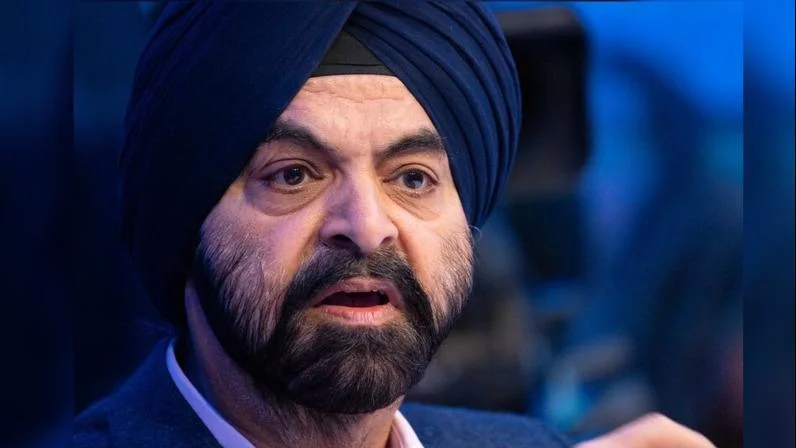Approximately 30,000 residents in the northern regions of Oio and Cacheu in Guinea-Bissau are set to benefit from the newly rehabilitated Ingoré – Ponte Caur road and eight secondary roads. The project, undertaken as part of the World Bank's Rural Transport Project, was officially inaugurated today.
The main road's rehabilitation has significantly reduced travel time between Ingoré and Ponte Caur from three hours and thirty minutes to just one hour and fifteen minutes. This development is expected to improve access to schools, markets, and health services for local communities, boost the local economy, and contribute to regional development.
"This is more than a rehabilitated road; it’s a path to opportunity and a better quality of life for thousands of people," stated Rosa Brito, World Bank Group Resident Representative in Guinea-Bissau. "Quality transport infrastructure is crucial for the country’s socio-economic development. These improved roads will reduce travel time and costs, expand connectivity and access to services, and reduce isolation. This new infrastructure marks an important step towards a more prosperous Guinea-Bissau."
Besides the main road connecting Ingoré with Ponte Caur, eight rural roads were also upgraded under this project. Construction works included installing culverts and drainage systems to prevent road closures during rainy seasons while enhancing transport infrastructure resilience against climate change.
The project further provided technical assistance on road management, maintenance, safety practices, and supported developing a national transport plan for Guinea-Bissau. It also addressed potential social risks by partnering with RENLUV (National Network to Fight Gender-Based Violence in Guinea-Bissau) to raise awareness about gender-based violence (GBV) in project areas. Community engagement activities were conducted alongside establishing mechanisms for reporting GBV cases.
The Rural Transport Project was financed through a US$15 million credit implemented from 2019 until 2025 with collaboration from the Ministry of Public Works, Housing, and Urbanism.

